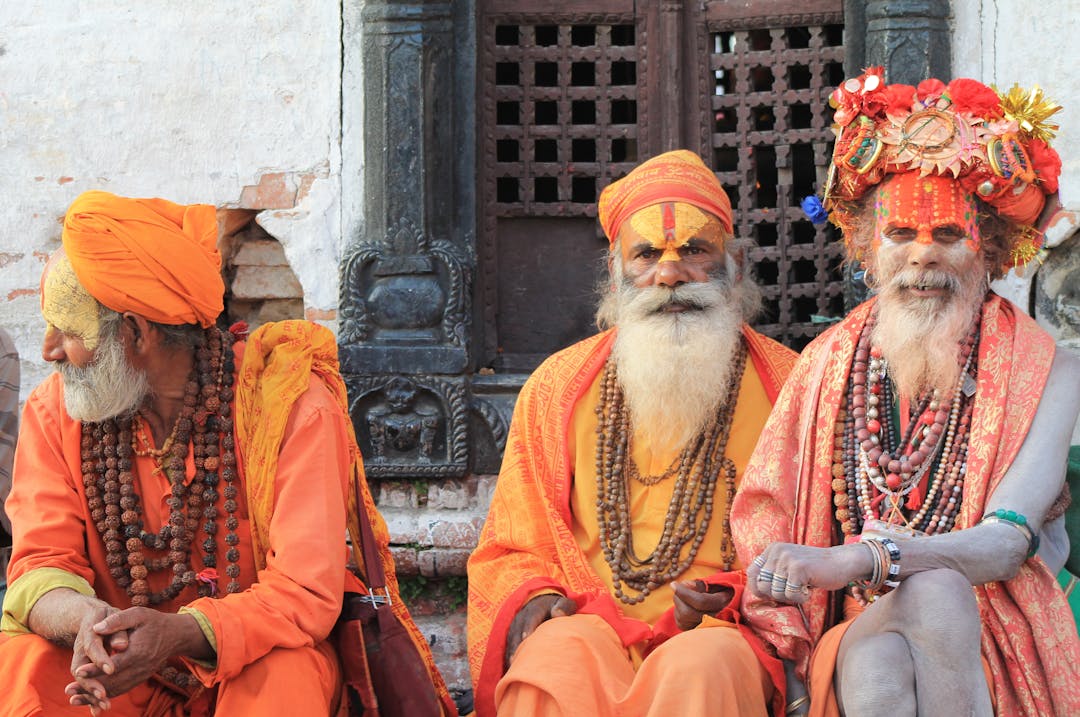Introduction: Embracing the Extraordinary
In a world rich with diverse cultures and practices, it’s easy to become enthralled by traditions that seem unusual or outlandish. From throwing tomatoes to smashing coconuts on heads, these customs offer a window into the values and histories of different societies. While these practices might appear peculiar, they embody the essence of cultural identity and communal bonds.
Cultural Context: Beyond the Surface

At first glance, traditions such as La Tomatina in Spain or the Monkey Buffet Festival in Thailand might seem frivolous or bizarre. However, these customs often have deep-rooted historical or religious significance. For example, La Tomatina’s tomato-throwing origins are linked to local celebrations and historical events, making it a vibrant expression of communal joy and heritage. Understanding these practices within their cultural context reveals their importance and the shared values they represent.
Traditions as Community Rituals

Many unusual traditions serve as vital communal rituals that strengthen social cohesion. The Danish cinnamon-throwing custom or the Bosnian Čimburijada festival are not merely eccentric activities; they are ways to celebrate milestones and bring people together. These rituals foster a sense of belonging and shared identity, providing a platform for individuals to connect with their community in meaningful ways.
The Role of Humor and Playfulness

Humor and playfulness are significant elements in several strange traditions. For instance, the Mexican tradition of La Mordida, where birthday celebrants get their faces pushed into cake, is a playful rite that turns an ordinary celebration into a memorable event. Such customs often rely on humor to create joy and laughter, reinforcing the idea that life’s lighter moments are just as important as the solemn ones.
Rituals of Grief and Mourning

Some traditions, like the Dani tribe’s finger amputation or the baby tossing ritual in India, might be viewed with shock or disbelief. Yet, these practices offer profound insights into how different cultures cope with grief and express sorrow. The Dani tribe’s finger-cutting is a symbolic gesture of mourning, reflecting the deep pain felt by the community. While these rituals might seem extreme, they are meaningful expressions of cultural grief and resilience.
Preservation vs. Progress: Balancing Tradition and Modernity

As globalization spreads, many traditional practices face the challenge of adaptation or extinction. While some customs, like the Battle of the Oranges in Italy, continue to thrive, others might be at risk of fading away as societies evolve. The balance between preserving cultural heritage and embracing modern values is delicate. Efforts to maintain these traditions can help keep cultural diversity alive, even as societies change.
Ethical Considerations and Sensitivity

When engaging with or observing unfamiliar traditions, it’s crucial to approach them with sensitivity and respect. Practices that seem strange or uncomfortable to outsiders may hold deep meaning for those who partake in them. It’s essential to avoid judgment and to understand that cultural differences enrich the human experience. Respectful curiosity rather than critical judgment fosters better cross-cultural understanding.
Conclusion: Celebrating Diversity

Unusual traditions around the world are a testament to the richness and diversity of human culture. While they may initially seem strange, these practices are often deeply embedded in the cultural fabric of their societies. By embracing and respecting these traditions, we not only gain insight into different ways of life but also celebrate the vibrant tapestry of human experience. In doing so, we recognize that what might seem unusual to one person can be a cherished part of someone else’s heritage.







